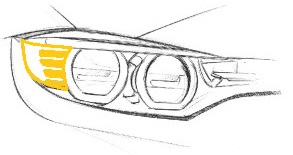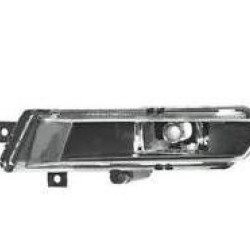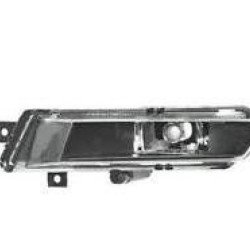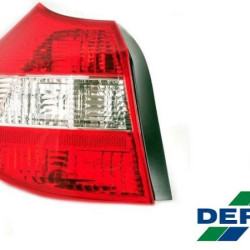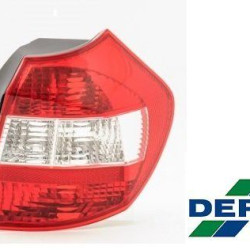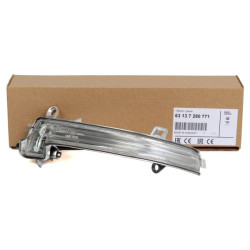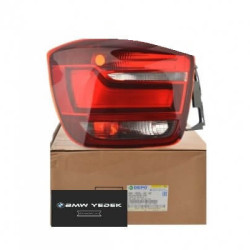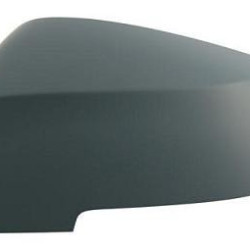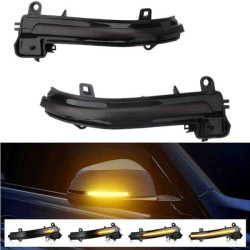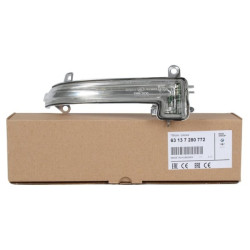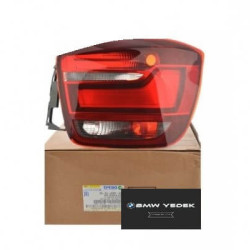BMW Signal Light
BMW Signal light is an important lighting component located inside or outside the headlight that indicates the vehicle's movement at every moment during driving and allows for monitoring warnings related to the vehicle's status.
The history of signal lights in cars has developed in parallel with advancements in the automotive industry. Here are the important milestones in the history of signal lights:
Hand Signals: In the early days of automobiles, drivers used hand signals to indicate their intentions. Hand signals that were considered standard were used to inform other drivers of their intentions. However, this method could lead to misunderstandings and confusion among drivers.
Mechanical Signal Lights: In the early 1900s, some car manufacturers began to use mechanical signal lights. These lights functioned through hand-controlled mechanical devices to signal intentions. However, this system was cumbersome and impractical.
Electric Signal Lights: By the mid-1930s, electric signal lights began to become common in cars. In this system, the driver used levers on the steering wheel to signal. The lights were located at the front, side, and rear of the vehicle, informing other drivers of the driver's intentions.
Automatic Cancellation System: In the 1960s, signal lights with an automatic cancellation system were developed. This system automatically turned off the signal lights when the driver returned the steering wheel to a straight position. This eliminated the need for drivers to think about turning off the signal in addition to signaling.
LED Technology: In recent years, the use of LED (Light Emitting Diode) technology has become widespread. LEDs offer advantages such as lower energy consumption, faster response time, and longer lifespan. Therefore, signal lights in cars are often equipped with LEDs.
In today's cars, signal lights are critical for traffic safety. Drivers use signal lights to indicate changing lanes, turning, or stopping. This helps other drivers predict intentions and move safely.
 Türkçe
Türkçe
 English
English
 Русский
Русский

